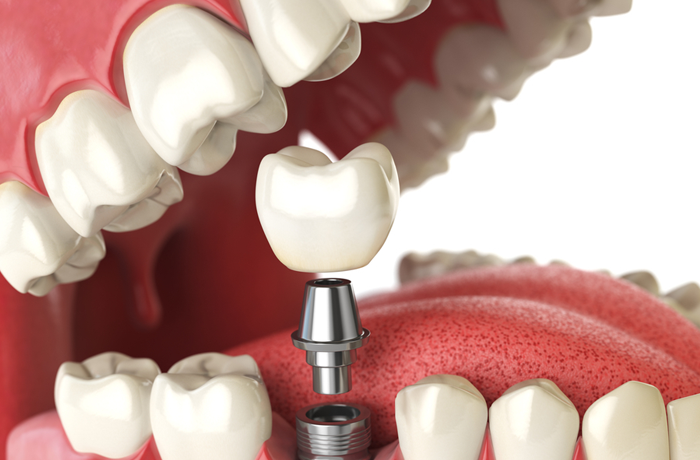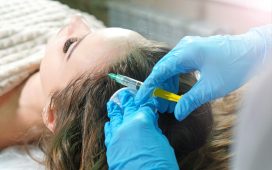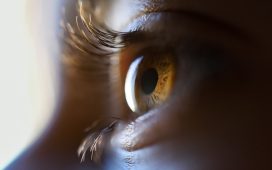In 1989, dentists began using dental lasers in commercial clinical settings. Since then, laser dentistry has gained widespread acceptance as an effective alternative to the use of drills and other conventional dental equipment for a variety of dental operations requiring hard and soft tissues. If you have any further questions or would like to make an appointment with a dental implant in Shelby Township.
Have you considered laser dentistry? Here’s the scoop on how lasers are changing restorative dentistry.
WHY DO WE USE LASER DENTISTRY?
Light Amplification by the Stimulated Emission of Radiation is commonly abbreviated as LASER. A device generates a focused beam of light energy to perform laser dentistry. A reaction is triggered when the light strikes the tissue, allowing it to be shaped or removed.
Both soft tissue lasers and hard tissue lasers operate by transmitting energy in the form of light. The dental surgery laser is a cutting instrument that can be used to remove tissue. When it comes to teeth whitening, the laser provides a source of heat that boosts the effectiveness of bleaching substances.
Can I Trust Dental Lasers?
Many people have reservations about getting laser treatment for the first time because of safety concerns. You should know that the FDA has given its blessing to lasers for sale in the United States. However, no laser treatment has been granted the ADA’s Seal of Acceptance (ADA). The American Dental Association, however, maintains a stance of “cautious optimism” regarding laser technology’s future in the field of dentistry. Further, dentists receive specialized instruction for the use of each dental laser system. You should make sure your dentist has the appropriate education and experience to use the laser equipment needed for your surgery.
LASER APPLICATIONS IN RESTAURATION DENTISTRY
Dentists use laser technology to address a wide range of dental conditions. There are several applications for laser dentistry.
- Molding New Gum Tissue
- Extracting inflammatory gum tissue from around a wisdom tooth that has been exposed
- Small pieces of dental enamel are removed.
- Getting rid of any ties in the muscles that hold the tongue or lip in place
- Restoring decayed or broken fillings
- Enamel restoration prior to composite bonding
- Boosting the Pace of In-Office Whitening
Pros
- Potentially reduces the need for sedation or general anesthesia due to decreased pain.
- It could assist with dental phobia.
- Removal of decayed tooth structure may help improve dental health.
- A potential hemorrhage and edema reducer for procedures involving soft tissue.







